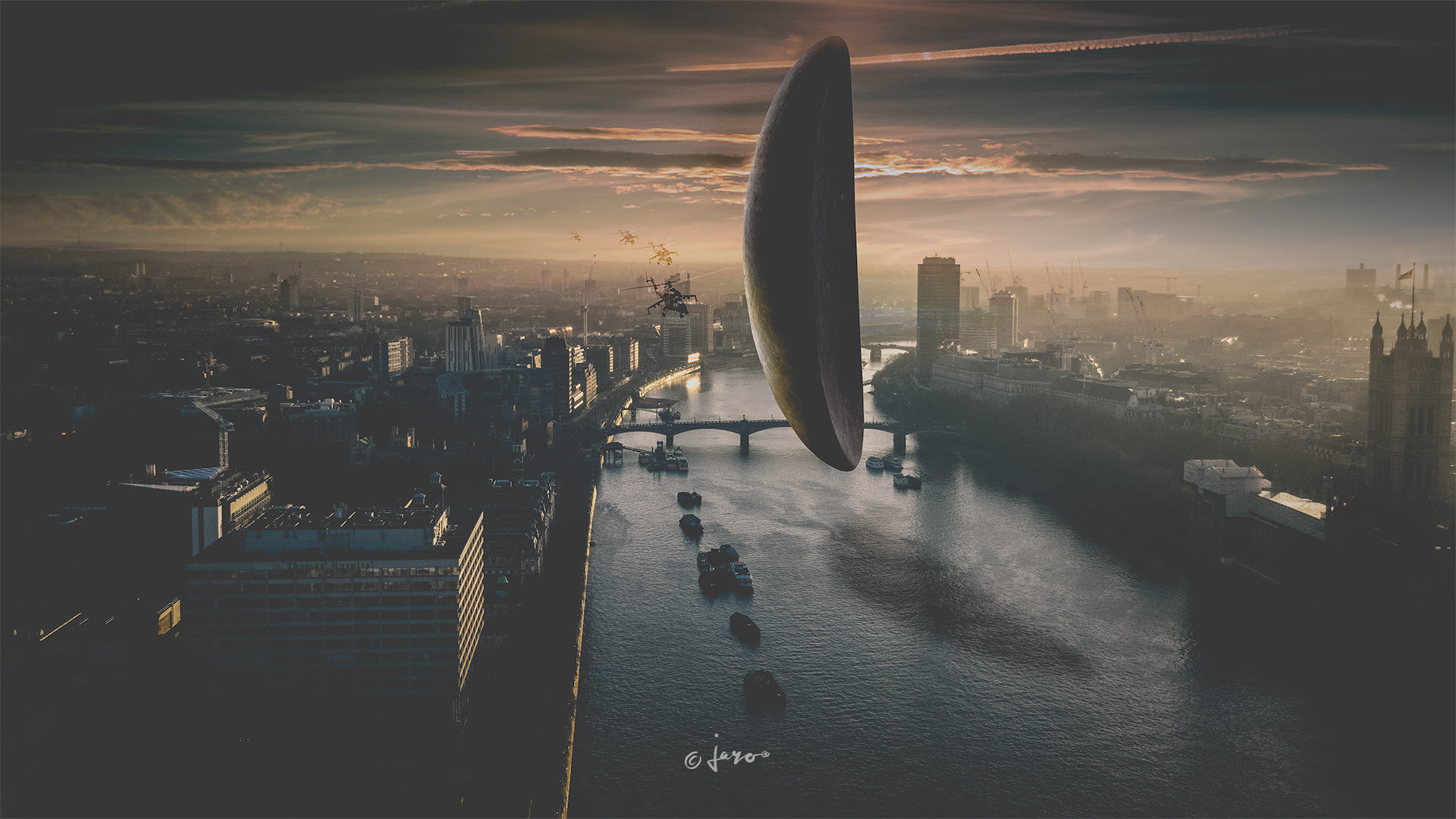MovieRules: The Ultimate Guide To Mastering The Art Of Filmmaking
Ever wondered how your favorite movies come to life? MovieRules is more than just a set of guidelines—it’s the backbone of every successful film production. Whether you’re an aspiring filmmaker or simply a movie enthusiast, understanding MovieRules can transform the way you perceive cinema. So, buckle up and let’s dive into the world of filmmaking magic!
There’s something magical about watching a story unfold on the big screen. From the first frame to the final credits, every detail is carefully crafted according to MovieRules. These rules aren’t rigid laws but rather creative frameworks that help filmmakers bring their visions to life. Without them, even the best ideas could fall flat.
But here’s the thing—MovieRules aren’t just for professionals. Anyone who wants to make a movie, no matter how big or small, needs to understand these principles. This guide will break down everything you need to know, from pre-production to post-production, and everything in between. So, whether you’re shooting your first short film or planning a Hollywood blockbuster, this is the place to start.
- Movierulzcom Kannada Movie The Ultimate Guide For Movie Enthusiasts
- Unveiling The Truth Behind Subhashree Sahus Viral Mms Video
Now, let’s get to the nitty-gritty details. Here’s what we’ll cover in this article:
- What Are MovieRules?
- The Importance of MovieRules
- Pre-Production MovieRules
- Production MovieRules
- Post-Production MovieRules
- Common Mistakes in Following MovieRules
- Tools and Resources for Filmmakers
- Real-World Examples of MovieRules in Action
- The Future of MovieRules
- Conclusion: Your Next Steps
What Are MovieRules?
MovieRules are essentially the guiding principles that shape the filmmaking process. Think of them as the blueprint for creating a cinematic masterpiece. These rules cover everything from storytelling techniques to technical aspects like lighting, sound, and editing. They’re not set in stone, but they provide a solid foundation for filmmakers to build upon.
For example, one of the most famous MovieRules is the "Rule of Thirds." This rule suggests dividing your frame into thirds both horizontally and vertically, creating a grid. Placing your subject along these lines or at their intersections can create a more balanced and visually appealing composition. Simple, right? But it makes a world of difference when done correctly.
- Filmyfly Com 2025 Your Ultimate Guide To South Indian Movies Dubbed In Hindi
- Filmyfly Instagram Your Ultimate Source For Bollywood Entertainment
The Origins of MovieRules
MovieRules didn’t just appear out of thin air. They’ve evolved over decades of trial and error in the film industry. Early filmmakers like D.W. Griffith and Sergei Eisenstein laid the groundwork with innovations in narrative structure and visual storytelling. Over time, these pioneering techniques became the foundation for modern MovieRules.
Today, MovieRules continue to evolve as technology advances. New tools and techniques are constantly being introduced, but the core principles remain the same. Understanding where these rules come from can help you appreciate their significance in the filmmaking process.
The Importance of MovieRules
So, why bother with MovieRules at all? Well, imagine trying to build a house without blueprints. Sure, you might have a general idea of what you want, but chances are it won’t turn out quite right. The same goes for filmmaking. Without MovieRules, your project could easily become chaotic and unfocused.
MovieRules provide structure and direction, ensuring that every aspect of your film works together harmoniously. They help you tell a compelling story, engage your audience, and create a professional-looking finished product. Plus, adhering to these rules can save you time, money, and headaches down the line.
How MovieRules Impact Audiences
Audiences may not consciously realize it, but they can tell when MovieRules are being followed—or ignored. When a film follows these guidelines, it creates a seamless viewing experience that draws viewers in and keeps them engaged. On the flip side, breaking too many rules can result in a disjointed, confusing movie that leaves viewers feeling frustrated.
Take the "180-Degree Rule," for instance. This rule ensures that characters in a scene maintain consistent screen direction, preventing the audience from becoming disoriented. While it may seem like a minor detail, it plays a crucial role in maintaining the flow of the story.
Pre-Production MovieRules
Pre-production is arguably the most important phase of any film project. This is where you lay the groundwork for everything that follows. By following pre-production MovieRules, you can ensure that your project stays on track from start to finish.
- Scriptwriting: Your script should be well-structured, with clear character arcs and a compelling plot. Use the "Three-Act Structure" as a guide to create a balanced narrative.
- Storyboarding: Visualize each scene with a storyboard to plan out camera angles, movements, and compositions. This will save you time and effort during actual filming.
- Location Scouting: Choose locations that enhance your story and fit within your budget. Remember, the right location can add depth and authenticity to your film.
Key Pre-Production Tips
Here are a few additional tips to keep in mind during pre-production:
- Develop a detailed shooting schedule to maximize efficiency.
- Assemble a talented crew who share your vision for the project.
- Create a comprehensive budget to avoid financial surprises later on.
Production MovieRules
Once pre-production is complete, it’s time to move into the production phase. This is where the magic happens, and following production MovieRules is essential to capturing the best possible footage.
One of the most critical rules during production is the "Continuity Rule." This ensures that details such as clothing, props, and character positions remain consistent across different shots. It may seem tedious, but maintaining continuity is vital for creating a polished final product.
On-Set Best Practices
Here are some best practices to follow while on set:
- Communicate clearly with your cast and crew to ensure everyone is on the same page.
- Experiment with different camera angles and techniques to add visual interest to your scenes.
- Pay attention to lighting and sound quality, as these elements can make or break your film.
Post-Production MovieRules
Post-production is where your raw footage transforms into a finished film. By adhering to post-production MovieRules, you can enhance the quality of your movie and bring your vision to life.
Editing is one of the most important aspects of post-production. The "Kuleshov Effect" is a classic editing technique that demonstrates how juxtaposing different shots can create new meanings. By mastering this and other editing techniques, you can craft a narrative that resonates with your audience.
Post-Production Tips
Here are a few tips to help you excel in post-production:
- Use color grading to establish the mood and tone of your film.
- Incorporate sound design elements to enhance the emotional impact of key scenes.
- Seek feedback from trusted peers to identify areas for improvement.
Common Mistakes in Following MovieRules
Even the most experienced filmmakers can fall into traps when it comes to MovieRules. Here are some common mistakes to watch out for:
- Ignoring the basics: While it’s tempting to experiment with new techniques, don’t forget the fundamental rules that make films work.
- Overcomplicating things: Sometimes, simplicity is key. Don’t let unnecessary complexity detract from your story.
- Skipping pre-production: Rushing into production without proper planning can lead to costly mistakes and wasted time.
How to Avoid These Mistakes
To avoid these pitfalls, take the time to research and practice MovieRules before starting your project. Seek advice from seasoned filmmakers and learn from their experiences. Remember, the more you understand these rules, the better equipped you’ll be to apply them effectively.
Tools and Resources for Filmmakers
Fortunately, there are plenty of tools and resources available to help you master MovieRules. From software to online courses, here are some options to consider:
- Editing Software: Programs like Adobe Premiere Pro and Final Cut Pro offer powerful tools for editing and post-production.
- Online Courses: Platforms like Coursera and MasterClass provide in-depth lessons on filmmaking techniques and MovieRules.
- Communities: Joining online filmmaking communities can connect you with like-minded individuals and provide valuable feedback.
Recommended Resources
Check out these resources to deepen your understanding of MovieRules:
- "In the Blink of an Eye" by Walter Murch: A must-read for anyone interested in editing techniques.
- "Film Art: An Introduction" by David Bordwell and Kristin Thompson: A comprehensive guide to the principles of filmmaking.
Real-World Examples of MovieRules in Action
Some of the greatest films of all time owe their success to the effective use of MovieRules. For example, "Citizen Kane" revolutionized the industry with its innovative use of deep focus and non-linear storytelling. Similarly, "Pulp Fiction" broke new ground with its unique narrative structure and clever dialogue.
By studying these films and others like them, you can gain insight into how MovieRules are applied in real-world scenarios. Pay attention to how directors and cinematographers use composition, lighting, and sound to enhance their stories.
Lessons from the Classics
Here are a few lessons you can learn from classic films:
- Experiment with unconventional storytelling techniques to keep audiences engaged.
- Pay attention to every detail, as even the smallest elements can contribute to the overall impact of your film.
- Draw inspiration from a variety of sources to create something truly unique.
The Future of MovieRules
As technology continues to advance, the future of MovieRules looks bright. New tools and techniques are constantly emerging, offering filmmakers endless possibilities for creativity. Virtual reality, augmented reality, and AI-driven technologies are just a few examples of innovations that could shape the future of filmmaking.
However, no matter how advanced technology becomes, the core principles of MovieRules will always remain relevant. Understanding these fundamentals will ensure that your films stand the test of time, regardless of the tools you use to create them.
Embracing Change
To thrive in the evolving world of filmmaking, it’s important to stay open to new ideas and technologies. Keep learning, experimenting, and pushing the boundaries of what’s possible. By combining traditional MovieRules with modern innovations, you can create films that captivate audiences today and tomorrow.
Conclusion: Your Next Steps
By now, you should have a solid understanding of MovieRules and how they apply to the filmmaking process. From pre-production to post-production, these guidelines can help you create a film that’s both professional and engaging. Remember, while it’s important to follow these rules, don’t be afraid to add your own personal touch to make your project truly unique.
So, what’s your next move? Start by applying what you’ve learned to your current or upcoming projects. Share this article with fellow filmmakers and engage in meaningful discussions about MovieRules. And most importantly, keep creating—because the world needs more great films!
Got any questions or thoughts? Drop a comment below, and let’s keep the conversation going. Happy filmmaking!
Article Recommendations
- Unveiling Filmywap South Your Ultimate Guide To The World Of South Indian Cinema
- Filmyfly Xyz Pro The Ultimate Guide To Movie Streaming



Detail Author:
- Name : Mrs. Aiyana Schimmel IV
- Username : maggio.karli
- Email : ottilie.bergstrom@yahoo.com
- Birthdate : 1987-03-20
- Address : 17409 Hilma Stravenue Suite 145 Deanmouth, AL 63947-5461
- Phone : 786.630.2757
- Company : Cartwright-Streich
- Job : Plant and System Operator
- Bio : Ducimus nulla consequatur et nesciunt. Alias ut dolor velit illo. Id reprehenderit sint velit laborum alias vero qui itaque. Et et illo deserunt mollitia tenetur.
Socials
twitter:
- url : https://twitter.com/laurence.heller
- username : laurence.heller
- bio : Soluta exercitationem sit nisi aut repellat. Nemo natus natus vel sunt. Magnam saepe autem voluptatem qui.
- followers : 3010
- following : 603
facebook:
- url : https://facebook.com/laurence.heller
- username : laurence.heller
- bio : Aut fugit modi tempore in quisquam quia voluptatem.
- followers : 542
- following : 2705
linkedin:
- url : https://linkedin.com/in/lheller
- username : lheller
- bio : Libero qui ipsa ea et.
- followers : 5072
- following : 379